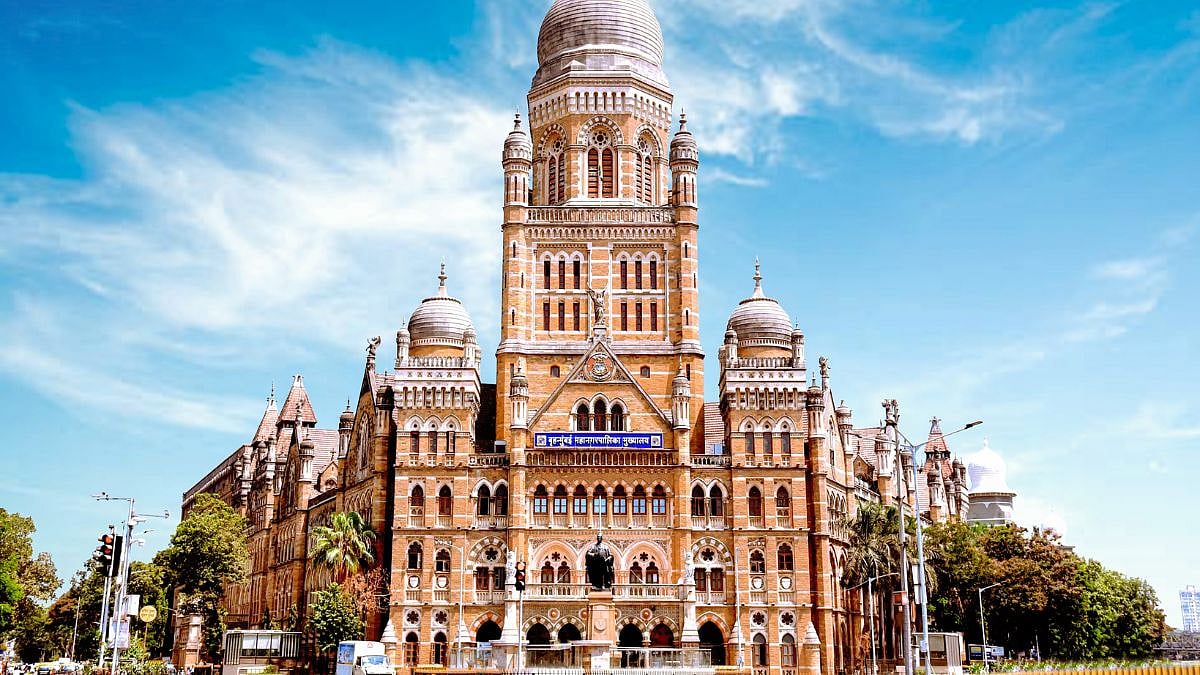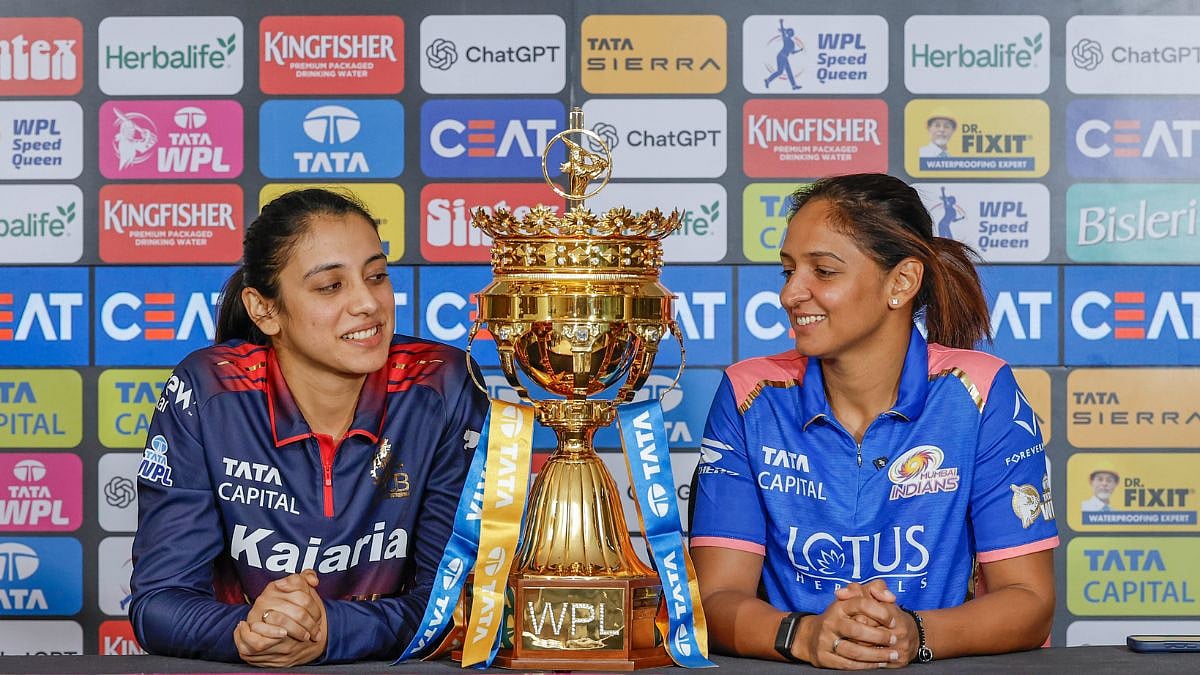The people of Maharashtra would certainly have watched with great interest the Dussehra rallies organised in Mumbai by the two factions of the Shiv Sena. They were seen as a show of strength by Chief Minister Eknath Shinde and former Chief Minister Uddhav Thackeray. The latter was able to hold the rally at the traditional Shivaji Park ground at Dadar in central Mumbai while the Shinde faction had to make do with the MMRDA ground. True, both events attracted large crowds and it is difficult to say which one had a greater impact on the populace. The reports about attendance at the two rallies are as different as the writers or the news organisations they represent are. What is incontrovertible is that the people expected a lot of fireworks. And they have reason not to be disappointed.
Thackeray was, perhaps, more imaginative when he said that the Ravan that was burnt this year had 50 heads, unlike the Ravan of 10 heads that the readers of the Ramayana know of. Of course, the barb was directed at those party MLAs who preferred to side with Shinde when he raised the banner of revolt against Thackeray and formed a government with the support of the BJP. In a tit-for-tat, Shinde blamed Thackeray for deviating from the path of Hindutva that his father and Shiv Sena founder Bal Thackeray had shown. The fact that Shinde was surrounded by more members of the Thackeray clan than Thackeray himself could not have been lost on the people of Maharashtra. If Thackeray had the advantage of the ground where the Shiv Sainiks traditionally congregated, Shinde had the advantage of power to bring his supporters to his venue. The BJP could also have helped.
At the end of the day, have these two leaders made any significant point? Shinde is certainly the winner as he heads the government and there is the possibility that some of the MLAs siding with Thackeray may, too, be tempted to join his flock. Be that as it may, the point is that the Shiv Sena, which was at one time invincible in the metropolis is now a divided entity. It is no longer in a position to call the shots. Ultimately, what matters is how the people view the split. Are they with the Ravan, who has 50 heads, or the betrayer of his father? The by-election for the Andheri-East Assembly seat in November will be more revelatory.
Education, key to population control
RSS chief Mohan Bhagwat’s customary speech at Nagpur on Dussehra has been getting more and more national attention as the organisation has been in the ascendant since 2014. This year, too, he tried to explain the Sangh’s concept of Hindu Rashtra without making anyone any wiser. His reticence was on account of the great care he took not to startle any section with whatever plans the RSS had in this regard. He also used the forum to explain his concern over the alarming population growth and what he calls “demographic imbalances”. He is certainly within his rights to speak about the alarming trend. The world population which was just 2.5 billion in 1950 is today 8 billion. By the end of the century, it will hit 10.4 billion, which is certainly unmanageable.
India is the first country to adopt family planning as a national policy to promote the concept of small family — two children for one couple. Whether the policy helped reduce the population growth or not, it created problems for the government, as in 1977, when the voters turned against the Indira Gandhi government. The Morarji Desai government was scared even to retain the family planning department. Overnight, it changed the name to family welfare department. People who knew better always argued that education, especially women’s education, and economic progress, were better contraceptives than the best condoms. In fact, the economic liberalisation in the nineties marked a turning point in controlling population growth.
The slide in the population growth rate is palpably discernible. The annual growth rate in 2021 was 0.68 percent. In 2020 it was 0.8 percent, in 2019, it was 0.96 percent and in 2018, it was 1.03 percent. The declining trend is noticeable in the case of all communities and regions. States like Kerala and Tamil Nadu have achieved tremendous success while Uttar Pradesh and Bihar are laggards. Growth of literacy and economic growth rate are central to the success. The RSS had at one time relied heavily on UN Mukherji's thesis contained in his book Hindus, A Dying Race published in 1909. It predicted that in 100 years, Hindus would become a minority. Bangladesh has controlled its population better than India, because it has a better economic growth rate and women’s empowerment. In short, the antidote to population growth is the spread of education and economic development.









